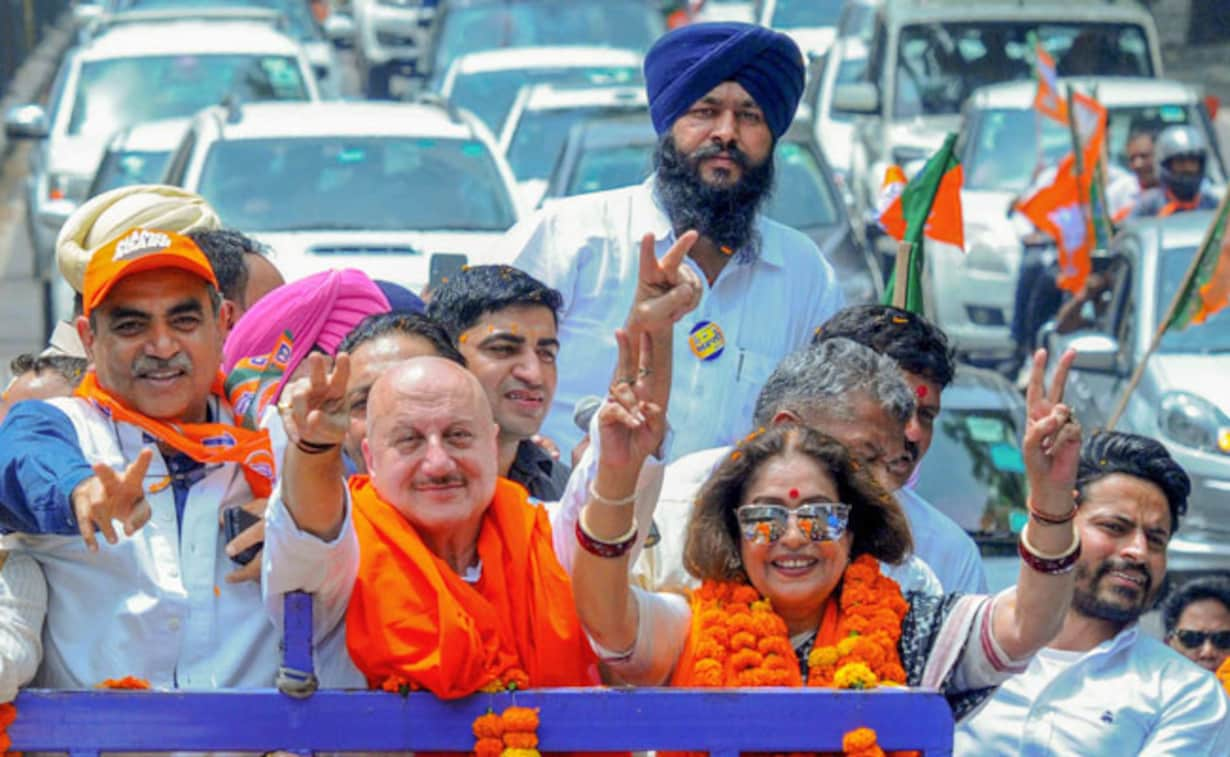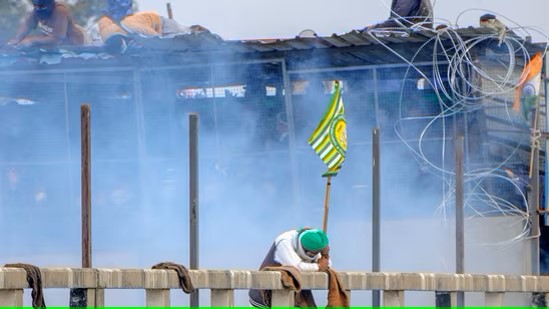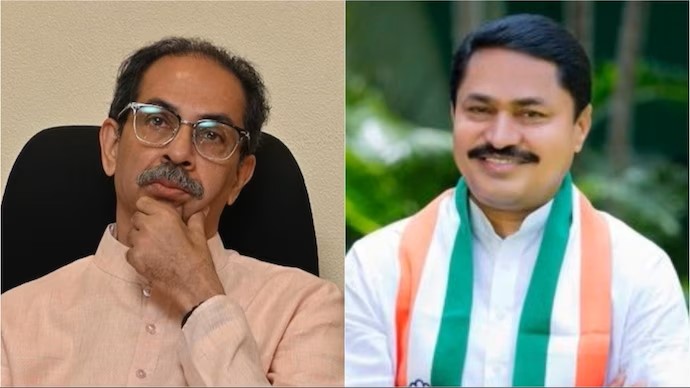Chandigarh, often celebrated as India’s inaugural planned city, has transformed into a political hub over the years, displaying intriguing electoral dynamics that reflect the diverse socio-political landscape of the region.With a predominantly urban population, Chandigarh’s electoral composition heavily favours urban residents, with rural voters constituting a mere 2.8 per cent. Notably, Scheduled Castes (SC) voters account for a significant portion at 18.9 per cent, while Scheduled Tribes (ST) representation remains minimal. Religious demographics reveal an 80 per cent Hindu majority, accompanied by a substantial Sikh population of 15 per cent.
Since its establishment in 1967, Chandigarh’s Lok Sabha representation has been varied, with the Congress dominating the seat for seven terms. The BJP secured victory for four terms, while other parties like the Bharatiya Jan Sangh, Janata Dal, and Janata Party each held the seat for a term.
Chandigarh has been represented by notable figures such as Srichand Goyal, its inaugural MP in 1967, and Jagannath Kaushal, who later served as the 9th Governor of Bihar. Krishan Kant, a distinguished freedom fighter, ascended to become Vice President of India, leaving an enduring legacy in Indian politics. Pawan Kumar Bansal of Congress held the seat for the longest duration, also serving as Railway and Parliamentary Affairs Minister in the Manmohan Singh government.
In 2014, amidst the Modi wave, BJP’s Kirron Kher emerged victorious, ending Bansal’s four-term tenure. Kher’s association with Prime Minister Narendra Modi bolstered her campaign, culminating in a decisive win. Her proposal to establish a film city in Chandigarh garnered significant attention, epitomizing her vision for the constituency’s progress.




